The carbon footprint of the Schwabe Group
The Schwabe Group has been calculating its carbon footprint on a regular basis since 2019. This not only gives us insight into where we are generating emissions: first and foremost, it illustrates where our CO2 output is at its highest and where to target the most effective ways of reducing greenhouse gases. Calculating our carbon footprint also allows us to quantify the success of the measures we implement.
Carbon footprint 2022: 14 % less CO2
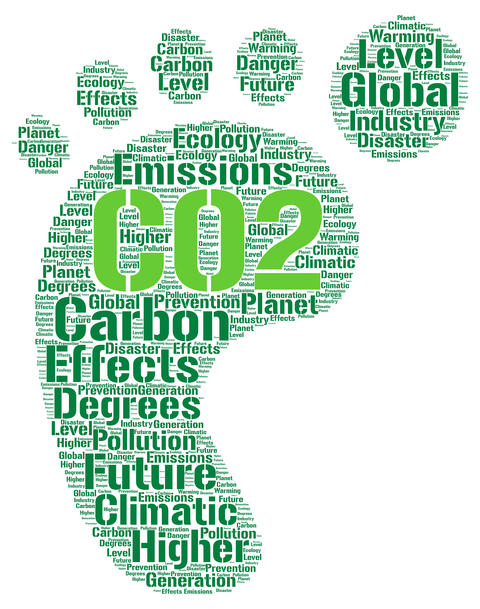
The most recent carbon footprint of the Schwabe Group refers to the 2022 calendar year. It shows that in Scope 1 and 2, we achieved a 14% reduction year-on-year in our global emissions. This figure corresponds to some 6,800 t CO2e. This means we are on a good path towards reaching the Group-wide interim goal of cutting Scope 1 and 2 CO2 emissions in half by 2030 in comparison to the baseline year.
In comparison to the 2021 baseline, the Schwabe Group reduced its carbon footprint at German sites by 37% in 2022. The key factors in our ability to cut back emissions were converting to green electricity in Germany as well as lowering the emissions related to generating heat.
Reduced CO2 emissions 2022
In absolute numbers, this means that the Schwabe Group has lowered its total emissions from 48,284 t CO2e in 2021 to 41,450t CO2e in 2022.
In Scope 1 (direct emissions) we have seen an increase of 442 t CO2e (which corresponds to around 2%) to 23,071 t CO2e (2021: 22,629 t CO2e). In Scope 2 (indirect emissions) we have seen a clear decrease of 7,275 t CO2e (which corresponds to around 28%) down to 18,379 t CO2e (2021: 25,565 t CO2e).
All in all, the major reductions in the year 2022 can mostly be attributed to decreases among the major output sources in Germany. However, other measures were also implemented for smaller sources of emissions, and these measures had a major effect. In 2023 and 2024, the impact of today’s measures and projects will indicate positive developments in several countries and among most of the largest sources of emissions.
What are CO₂e?
In addition to carbon dioxide, the most significant of the greenhouse gases which humans generate, there are other gases that have varying impacts on climate change. The Kyoto Protocoll has named the following as having an effect on the climate: carbon dioxide (CO2), methane (CH4), nitrous oxide (N2O), the “F-gases” hydrofluorocarbons (HFCs) and perfluorocarbons (PFCs), and sulphur hexafluoride (SF6). Nitrogen trifluoride (NF3) was added to the list in 2015.
To make a direct comparison of different greenhouse gases possible, a standard known as the global warming potential (GWP) was defined. The higher the GWP, the more harmful a gas is. This approach allows greenhouse gases to be converted into CO₂ equivalents and calculated more effectively. CO₂ equivalents are designated with the abbreviation CO₂e.
Global carbon footprint 2021
The first CO2 footprint for the entire Schwabe Group for Scope 1 and 2 was a milestone. It showed emissions of 48,284 t CO2e for 2021.
Scopes 1 and 2 include all of the CO2 emissions which result from extraction, manufacturing, logistics, administration, the vehicle fleet or energy we purchase at the Schwabe Group sites.
Given the complexity and the extent of the data needed to document Scope 3 across all international sites, we are not going to collect information about CO2 emissions for Scope 3 until the next phase. This category encompasses all of the goods and services we purchase, the waste we produce, employee commutes, business travel, and transporting, using and disposing of our products.
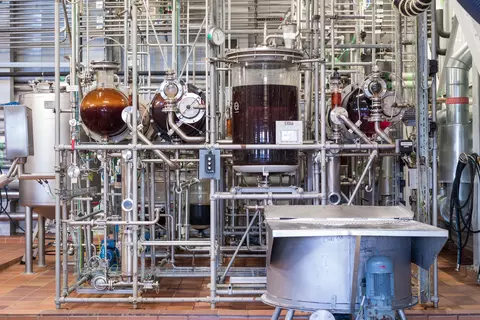
Extraction and manufacturing in Germany
The extraction and manufacturing processes are responsible for the majority of the Schwabe Group’s CO2 output. Even without the Scope 3 data, we now have a robust image of the current status at the Schwabe Group’s international sites for 2022. With the total Schwabe Group carbon emissions totaling 41,450 t CO2e, Germany makes up the largest proportion of this figure with 10,785 t CO2e or 26%.
Together with Ireland (including the plantations), the US and India, Germany rounds out the group of the four largest CO2 emitters in the Schwabe Group, comprising 91% of the greenhouse gases the Group produces. These sites all have either extraction facilities and/or manufacturing areas with clean zones. This is where we consume the vast majority of our energy and thus produce the most greenhouse gases.
These figures alone show clearly that measures at these sites can certainly help lead to a significant reduction in the Schwabe Group’s CO2 output. As a result, we are focusing our efforts here as we pursue the path to becoming a more sustainable corporate group.
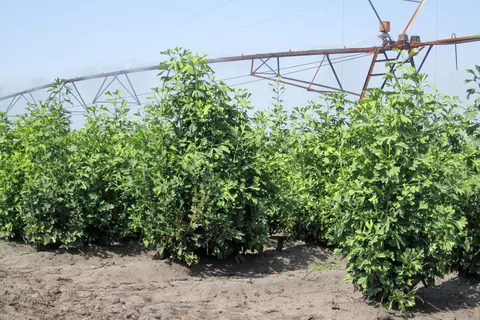
Ginkgo leaves and lactose
There were two factors in the value chain which strongly stood out in our carbon footprint 2019/2020: drying ginkgo leaves, and the spray-dried lactose we purchase. Both of these starting materials make a major contribution to CO2 output, since the drying processes consume a great deal of energy.
We successfully made changes at our ginkgo farms in 2022 and have thus improved the balance sheet already. For example, we were able to optimize our drying systems and make greater use of residual heat. By planting groundcover plants, fewer weeds grow, which means we do not need our tractors as often, and this consumes less diesel fuel.
Deploying robots as well as optimizing our irrigation systems and pumps has also led to a reduction in CO2 emissions. We also have further plans involving agro-photovoltaic systems, and we hope that this will make an additional meaningful impact on our emissions.
50% less CO2 by 2030
In light of its German and global carbon footprints, the Schwabe Group has set itself the goal of reducing its CO2 emissions in Scope 1 and 2 by 50% by the year 2030 in comparison to its baseline year of 2021.
In the course of 2024 we will complete a Group-wide carbon footprint for Scope 3 for the years 2021 and 2022. We will then develop a detailed program of measures in conjunction with our suppliers and partners in the supply chain, and together we want to set the goal of CO2 neutrality for Scopes 1, 2 and 3.
What are Scopes?
The graphic below shows developments in energy consumption and emissions along the value chain of the Schwabe Group. We distinguish between three different scopes which involve different sources of emissions.
The sources of emissions are either allocated to what is known as the upstream value chain (for example, which emissions result from generating the energy we obtain and use), the company’s own reported activities (i.e., which greenhouse gases are created as we manufacture our products) and the downstream value chain (such as which emissions are created when using and disposing of our products).
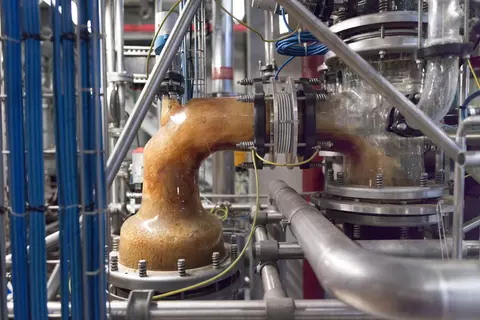
Scope 1 covers the direct emissions a company generates at its own sites or in mobile equipment, e.g. vehicles. These emissions mostly result from using fossil fuels like petroleum or natural gas.
In the process of calculating our carbon footprint, we also measure the energy consumption rates of our buildings, production processes and logistics facilities. These are the primary components of our carbon footprint.
Scope 1
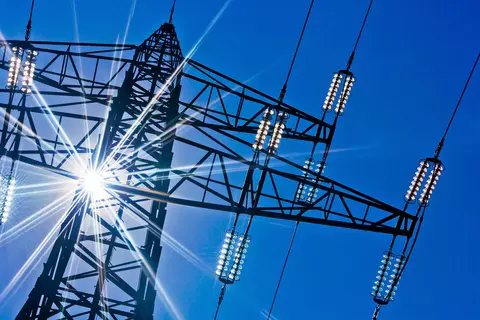
Scope 2 covers indirect emissions which originate from other sources that provide energy to the reporting company. Among other things, this includes electricity and district heating.
Scopes 1 and 2 are aspects of every carbon footprint. Scope 3 is optional. In other words, a company is not required to document emissions which fall within Scope 3.
Scope 2
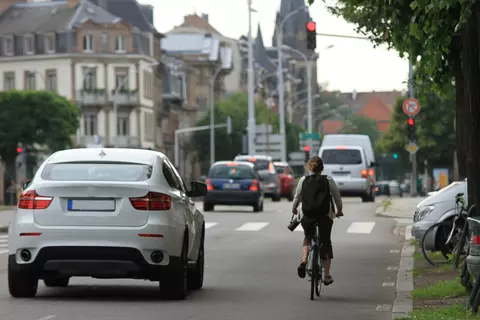
Scope 3 contains all of a company’s indirect / not directly controllable emissions.
It depicts the entire value chain of a company, i.e. not only the services and goods it purchases, but the waste it produces as well as its employees’ commutes and business trips.
Scope 3
The Schwabe Group's greenhouse gas emissions along the value chain
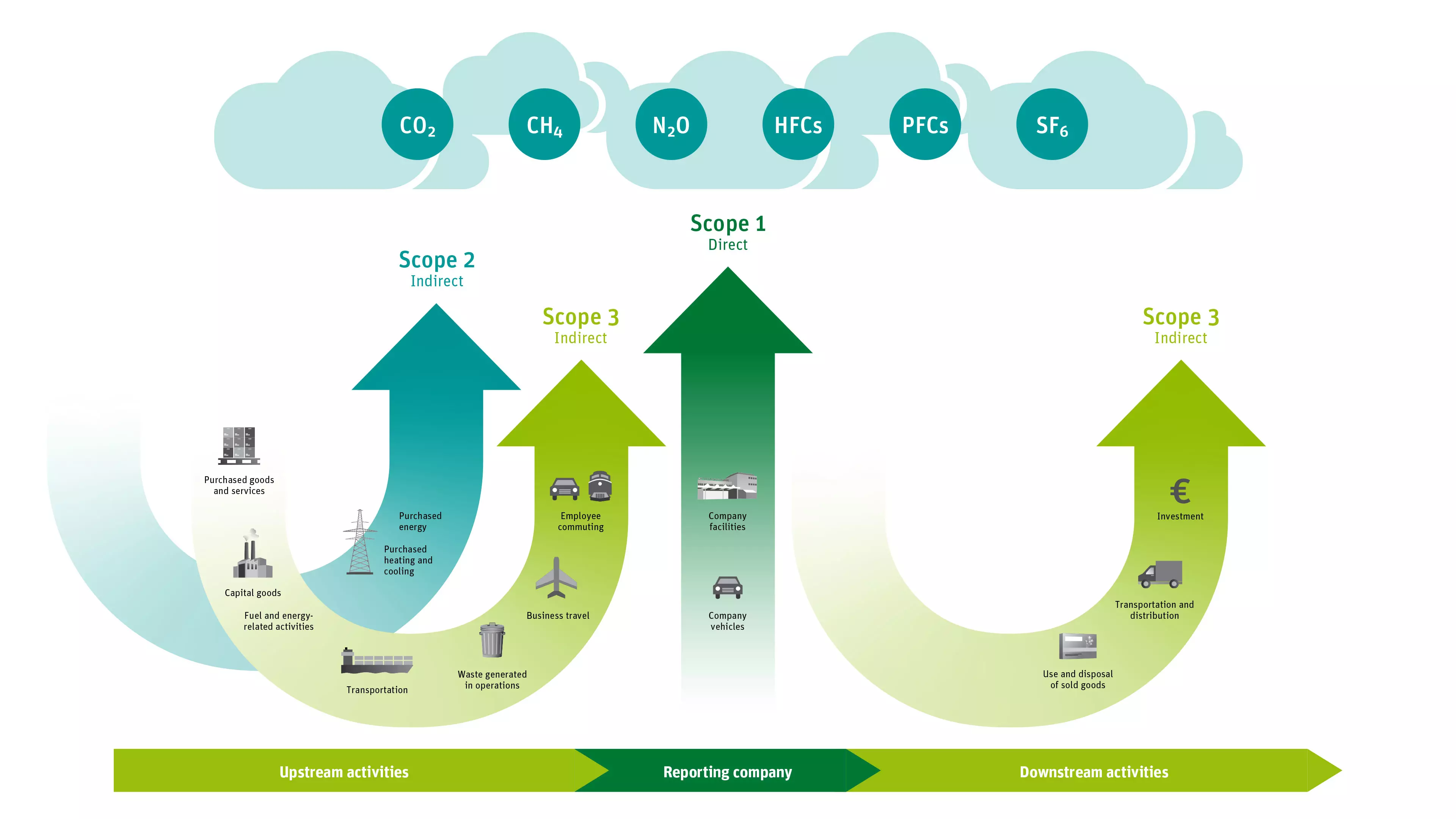
Reduction – substitution – compensation
We are busy implementing several measures on our path to carbon neutrality so that our emissions will be lower, even in the near future. All of the measures can be categorized in the groups of reduction, substitution, compensation - in that order.
Our top priority is reducing and preventing greenhouse gases by measures such as optimizing our processes. We have managed to find lower-impact alternatives to major sources of CO2 emissions by converting to energy from renewable sources, setting up our own photovoltaic system, and switching our fleet of company cars to electric vehicles. That said, the Schwabe Group cannot completely prevent or substitute carbon emissions. At the moment we are exploring suitable options so that in the areas where we can neither avoid our CO2 output nor find a substitute, we can implement sustainable and efficient environmental-protection projects to compensate.
Explore Schwabe

A global player with over 150 years of tradition and expertise in herbal medicines and health products.
The Schwabe Group

Entrepreneurial, scientific and pharmaceutical expertise needs experts ... like you!
Your career at Schwabe

Working for your health and modern herbal medicine since 1866 – and that’s how it will stay.
